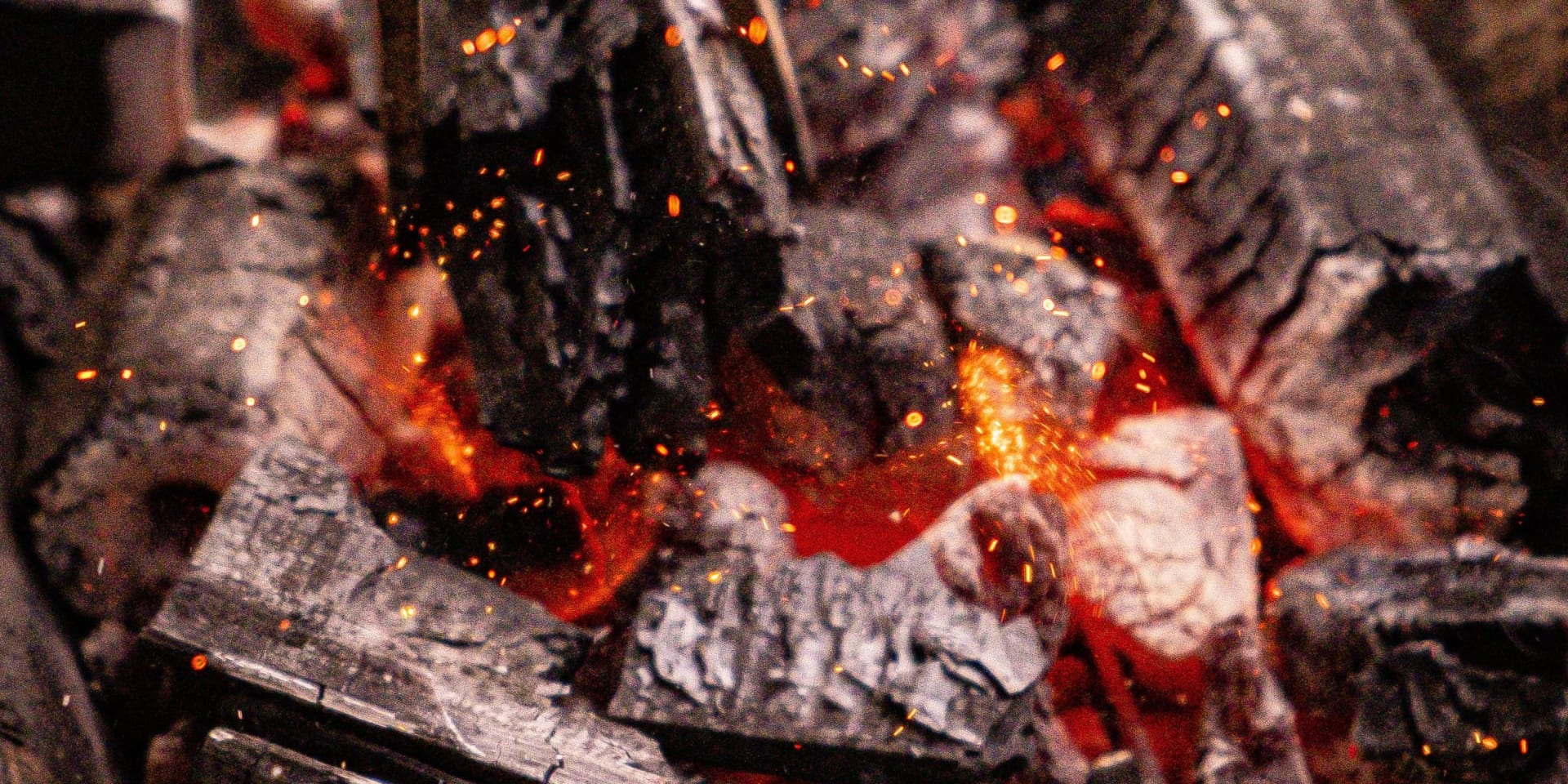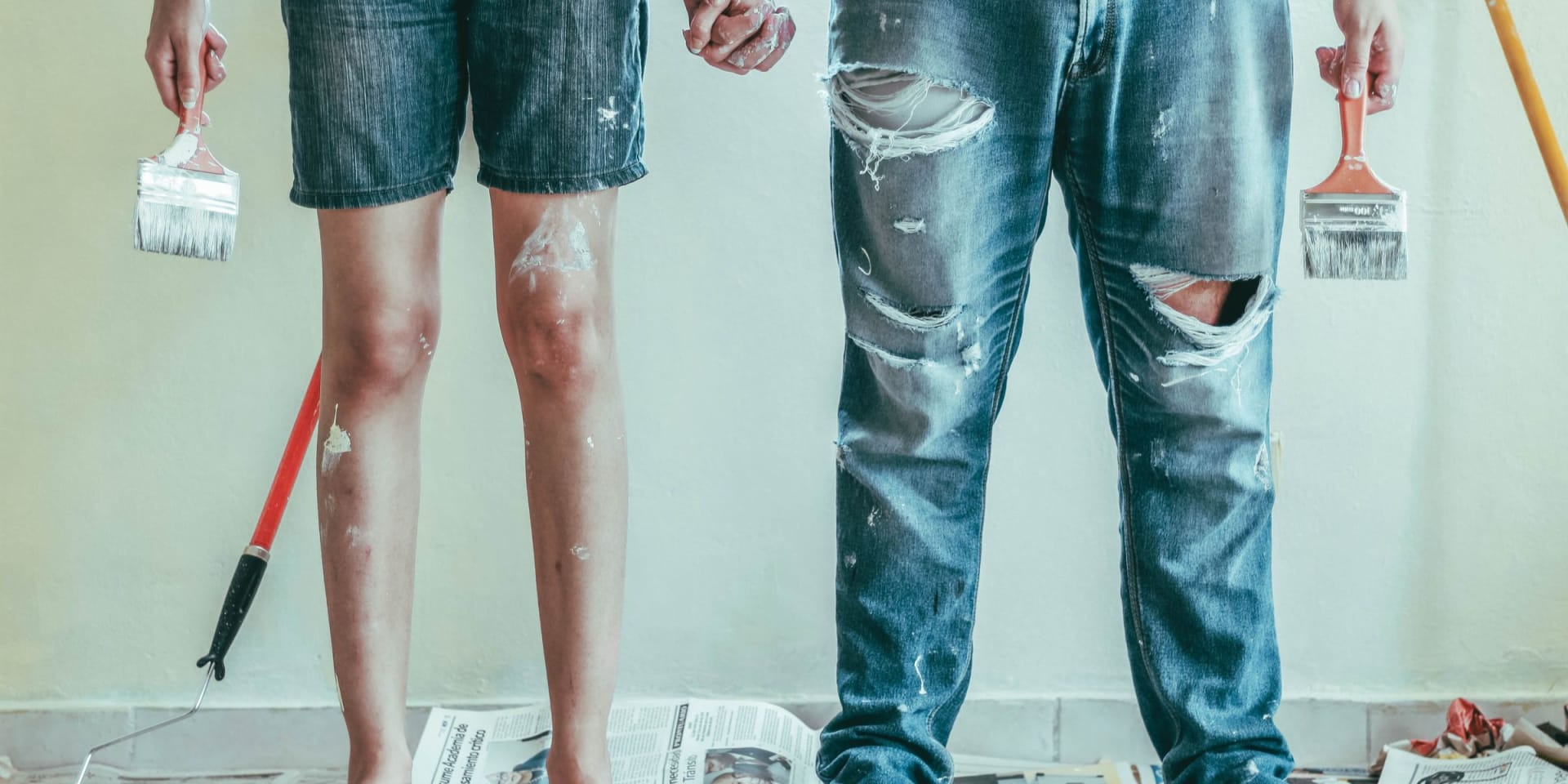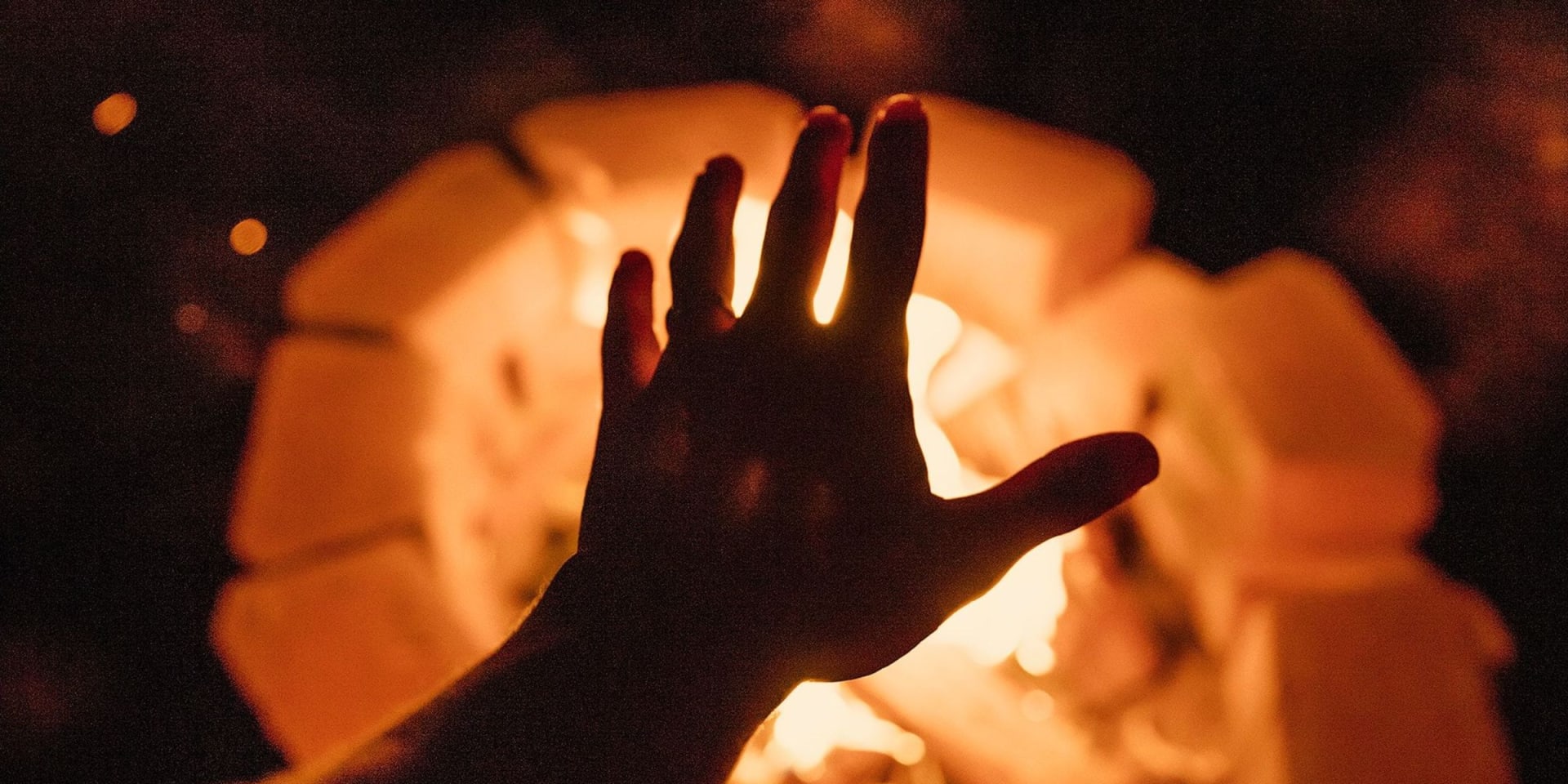Can You Use a Chiminea on A Covered Porch
As winter approaches, you may be thinking about ways to stay warm and cozy on your covered porch. One option that many people consider is using a chiminea. But before you light up the fire and settle in with a blanket, you may be wondering – is it safe to use a chiminea on a covered porch? In this blog, we’ll explore the factors you need to consider before using a chiminea on your porch and provide tips on how to do it safely.
Let’s get started!
Table of Contents
1. Introduction to Chimineas
Q: What is a chiminea?
A: A chiminea is an outdoor fireplace that originated in Mexico. It typically has a bulbous base, a narrow chimney, and a front opening for adding wood or other fuels.
Q: What materials are chimineas made of?
A: Chimineas can be made of various materials, including clay, metal, and cast iron. Each material has its benefits and drawbacks, so it’s important to choose one that suits your needs and preferences.
Q: How do you use a chiminea?
A: To use a chiminea, first make sure it’s placed on a sturdy, fire-resistant surface. Then, add kindling and larger pieces of wood to the front opening. Light the kindling and keep the front opening clear so the fire can get air. Be sure to use only dry, seasoned wood or other approved fuels.
Q: Can chimineas be used on covered porches?
A: Yes, chimineas can be used on covered porches as long as they are placed on a fire-resistant surface and there is proper ventilation. However, it’s important to take extra precautions to ensure safety, such as keeping flammable items away from the chiminea and placing them at a safe distance from the roof and walls.
Q: Why use a chiminea on a covered porch?
A: Using a chiminea on a covered porch can provide warmth and ambiance while allowing you to enjoy the outdoors even in unfavorable weather conditions. It can also be a stylish addition to your outdoor decor.
Remember to always follow the manufacturer’s instructions and take all necessary safety precautions when using a chiminea. With proper care and maintenance, your chiminea can provide years of enjoyment.
2. Benefits of using a Chiminea
If you’re looking for a heating source that can enhance the ambiance and aesthetic appeal of your outdoor area, a chiminea is a great option. Here are some of the benefits of using a chiminea:
1. Efficient Heating: A chiminea is designed to contain and radiate heat, providing a warm and cozy environment even on chilly nights. It can warm up a small to medium-sized outdoor space with ease, making it ideal for intimate gatherings.
2. Versatility: Chimineas can burn wood, charcoal, and even gas, giving you the flexibility to choose the fuel that works best for you. Plus, you can use your chiminea not just for heating, but also for cooking your favorite outdoor meals.
3. Aesthetic Appeal: Chimineas come in a variety of designs and styles, making them a great way to add a touch of style and personality to your outdoor area. Whether you’re looking for a more traditional or modern look, chimineas can make a great statement piece.
4. Safety: Unlike open fire pits, chimineas have a chimney that directs the smoke and embers away from your guests. This makes them a safer option for outdoor heating, especially if you have pets or children around.
Overall, investing in a chiminea can be a great way to enhance your outdoor living experience. Just remember to always exercise caution when using it, and follow the manufacturer’s guidelines carefully.
3. Safety Precautions when using a Chiminea
Q: Is it safe to use a chiminea on a covered porch?
A: It is not recommended to use a chiminea under a covered porch due to the risk of fire and smoke damage. Chimineas should be placed at least 3 feet away from any combustibles and placed on a fire-resistant surface like sand, slate tiles, or terracotta.
Q: Can I make my fire guard for my chiminea?
A: Yes, you can make your fire guard using wire mesh if your chiminea did not come with one. The fire guard helps to prevent sparks and embers from flying out of the chiminea and causing potential fire hazards.
Q: What should I do before using my chiminea?
A: Before using your chiminea, always check for cracks or damage in the structure. Make sure the area around the chiminea is clear of any flammable materials and that there is proper airflow for the wood-burning fire.
Q: What type of fuel should I use for my chiminea?
A: It is recommended to use dry wood or charcoal for your chiminea, as wet wood can produce excessive smoke and creosote buildup that can lead to fire hazards.
Q: How should I clean and maintain my chiminea?
A: To clean and maintain your chiminea, remove any ashes or debris after each use and allow it to cool completely before handling. You can scrub the chiminea with a mixture of warm water and dish soap to remove any stubborn buildup. It is also important to follow the manufacturer’s instructions for proper care and maintenance.
4. Covered Porches: Pros and Cons
1. Can I use a chiminea on my covered porch?
Yes, you can. But it is important to be cautious and take safety measures to avoid potential risks.
2. What are the pros of using a chiminea on a covered porch?
The main advantage is that it allows you to extend your outdoor living space, even during a rainy day. It also creates a cozy and warm atmosphere for you and your guests to enjoy.
3. Are there any cons to using a chiminea on a covered porch?
One major drawback is the risk of fire hazards. Chimineas should be placed away from flammable materials and always supervised. Another con is the potential for smoke to build up in a confined space, so adequate ventilation is crucial.
4. Why should I use a chiminea on my covered porch?
Chimineas offer a unique and stylish way to enjoy a warm fire on a covered porch. They add a rustic charm to your outdoor decor and are perfect for romantic evenings or gatherings with friends and family.
5. Are there any tips for placing a chiminea on a covered porch?
Yes, it is best to place your chiminea in a well-ventilated area away from any flammable materials. Additionally, it is recommended to use a non-combustible base to prevent any damage to your porch.
6. What type of fuel should I use for my chiminea on a covered porch?
It is best to choose a fuel that produces minimal smoke and ashes, such as propane, natural gas, or charcoal. Avoid using wood as it can create more smoke and ash buildup.
7. How do I clean and maintain my chiminea on a covered porch?
Regular cleaning and maintenance are important to ensure the longevity of your chiminea. Use a wire brush to remove any ash or debris after each use, and cover it when not in use to protect it from the weather.
8. Are there any alternative options to chimineas on covered porches?
Yes, you can also consider using a fire pit table, outdoor heater, or gas fireplace as an alternative to chimineas for your covered porch.
In conclusion, using a chiminea on a covered porch can enhance your outdoor living experience as long as you take the necessary safety precautions and maintain it properly. We hope these tips have been helpful, and we wish you many cozy evenings by the fire on your covered porch.
5. Why use a Chiminea on a Covered Porch?
If you have a covered porch, why not take advantage of it by adding a chiminea? Here are some frequently asked questions and answers about using a chiminea on a covered porch:
Q: What are the benefits of using a chiminea on a covered porch?
A: A chiminea on a covered porch provides warmth and ambiance for outdoor gatherings all year round. It also protects your guests from rain and wind. Plus, it can add a stylish focal point to your porch décor.
Q: Can I use any type of chiminea on my covered porch?
A: Yes, as long as it is made of a heat-resistant material like clay, cast iron, or steel. Make sure it is the right size for your porch and has proper ventilation.
Q: Is it safe to use a chiminea on a covered porch?
A: With proper precautions, chimineas can be safely used on covered porches. Make sure to choose a location with adequate ventilation and keep the chiminea away from any flammable materials.
Q: What kind of fuel should I use in my chiminea on a covered porch?
A: Use dry hardwood such as oak, hickory, or maple. Avoid using softwood, like pine or spruce, as they produce more smoke and can contribute to creosote buildup.
Q: How do I clean and maintain my chiminea on a covered porch?
A: Regularly clean out the ash, debris, and creosote buildup in your chiminea to keep it efficient and safe. To prevent rust, keep your chiminea dry and covered when not in use.
By adding a chiminea to your covered porch, you can enhance its coziness and functionality. Just be sure to follow safety guidelines and practice proper maintenance. Happy chime-ing on your covered porch!
6. Chiminea Placement: Tips and Tricks
1. Where should I place my Chiminea on a covered porch?
– It’s important to place your Chiminea on a stable and heat-resistant surface, away from any flammable materials. A safe distance would be at least 10 feet from any structure or combustible items. Make sure the chimney is not too close to any walls or overhanging structures.
2. Can I place my Chiminea on a wooden deck?
– We recommend against placing your Chiminea directly on a wooden deck due to the risk of fire. Instead, you can use a fire-resistant Chiminea pad or place it on a stone or gravel surface.
3. How can I protect my covered porch from the heat of the Chiminea?
– You can use a Chiminea heat shield or place a fire-resistant mat or tiles under the Chiminea to protect the surface from heat damage.
4. Can I move my Chiminea around on the covered porch?
– We recommend not moving the Chiminea around while it is in use. Wait until it has cooled down before moving it.
5. Can I use my Chiminea on a rainy day?
– It’s best to avoid using the Chiminea on a rainy day. If the Chiminea gets wet, it can crack or shatter from the sudden temperature change. However, if you must use it, make sure to cover it with a Chiminea cover to protect it from rain.
By following these tips and tricks, you can safely and comfortably enjoy your Chiminea on your covered porch. Remember to always practice caution and follow safety guidelines to prevent accidents.
7. Choosing the Right Fuel for your Chiminea
Choosing the right fuel for your chiminea is essential to ensure the safety and longevity of your chiminea. Here are some commonly asked questions regarding the right fuel for a chiminea.
Q: What fuel should I use in my chiminea?
A: The best fuel for a chiminea is dry wood or charcoal if you plan on cooking. Never use coal, as it can cause damage to the chiminea and produce toxic fumes.
Q: Can I use gasoline or other accelerants in my chiminea?
A: No, you should never use gasoline, kerosene, alcohol, paint thinner, or any other accelerants in your chiminea. These substances can be highly flammable and cause a dangerous fire.
Q: Can I use a gas burner in my chiminea?
A: Yes, you can use a gas burner in your chiminea, but make sure it is specifically designed for chimineas. Avoid using propane tanks made for grills, as they may not have the necessary safety features.
Q: How much fuel should I use in my chiminea?
A: Chimineas are designed to burn small amounts of fuel at a time, so avoid building a bonfire. Use only a small amount of fuel, and don’t overload the chiminea.
Q: Can I use my chiminea for long periods?
A: Chimineas are designed to be used for short periods, typically 2-3 hours at a time. Using it for long periods can cause damage and shorten its lifespan.
Remember to always use the right fuel for your chiminea and follow proper safety precautions when using it. By doing so, you can enjoy the warmth and ambiance it provides while keeping yourself and your property safe.
8. Cleaning and Maintenance of Chimineas
Chimineas are a great addition to any outdoor space and can be a great source of heat during the colder months. However, to keep your chiminea functioning properly and look great, you need to know how to clean and maintain it.
Q: How Often Should You Clean Your Chiminea?
A: You should clean your chiminea after each use. This will prevent ash buildup and keep your chiminea to function properly.
Q: What Cleaning Materials Do I Need?
A: To clean your chiminea, you will need a chimney brush, a damp cloth, and a container to store the ashes.
Q: How Do You Clean The Chimney?
A: Using a chimney brush, clean the inside of the chimney. Be sure to remove any debris, ash or soot. Afterward, wipe the chimney with a damp cloth to remove any remaining dust.
Q: What About The Ashes In The Bottom Of The Chiminea?
A: Use a small shovel to remove the ashes from the bottom of the chiminea. Dispose of the ashes appropriately.
Q: What About Rust And Stains On The Chiminea?
A: Rust and stains can be removed with a mixture of mild soap and water. Apply the mixture to the affected area and gently scrub until the stain is removed. Rinse with clean water and dry the chiminea completely.
Proper cleaning and maintenance will help extend the life of your chiminea, keeping it looking great and functioning properly for years to come.
9. Alternatives to Chimineas on Covered Porches
While a chiminea is a great option for adding warmth and ambiance to your covered porch, there are other alternatives that you can consider. Here are some options to help you create a cozy atmosphere:
1. Electric Fireplace: An electric fireplace is a safe and convenient option for indoor use. These fireplaces come in a wide range of styles and designs, making it easy to find one that suits your taste.
2. Propane Fire Pit: A propane fire pit is a great option for outdoor use. These fire pits are easy to use, clean, and maintain. Plus, they are portable, which means you can move them around your porch as needed.
3. Gas Fireplace Insert: A gas fireplace insert is a great way to add warmth and style to your covered porch. These fireplaces are easy to install and operate, and they come in a range of styles and sizes to fit your space.
4. Bioethanol Fireplaces: Bioethanol fireplaces burn clean and produce no smoke, making them a great option for indoor and outdoor use. They are also easy to use and maintain.
5. Outdoor Heater: An outdoor heater is a great option if you want to enjoy your covered porch during the colder months. These heaters come in many styles and sizes, so you can find one that suits your needs.
No matter which option you choose, be sure to follow all safety guidelines and manufacturer instructions to ensure that you can enjoy your new fire feature for years to come on your covered porch.
10. Conclusion: Final Thoughts on using Chimineas on Covered Porches.
10. Conclusion: Final Thoughts on using Chimineas on Covered Porches.
So, can you use a chiminea on a covered porch? Absolutely! But before you go ahead and light up your chiminea, there are some safety precautions to keep in mind.
Firstly, make sure to place your chiminea on a flat and stable surface, such as a patio, and never on an unprotected deck or flammable surface. Always use a metal stand that came with your chiminea and ensure it is placed away from any combustible materials, such as curtains or furniture.
Secondly, choose the right fuel for your chiminea – hardwoods, such as oak or maple, burn hotter and last longer than softwoods like pine or cedar. This will reduce the amount of ash and sparks that may fly out of the chiminea.
Lastly, regularly clean and maintain your chiminea to keep it in tip-top condition. Get rid of ashes and clean the inside and grill regularly to extend its lifespan and ensure safety.
Using a chiminea on a covered porch is a great way to enjoy the warmth and ambiance of an outdoor fire while staying sheltered from the elements. However, it’s essential to follow safety guidelines to avoid any accidents. Remember these tips and techniques, and you’ll have a cozy, inviting outdoor living area for many seasons to come!



